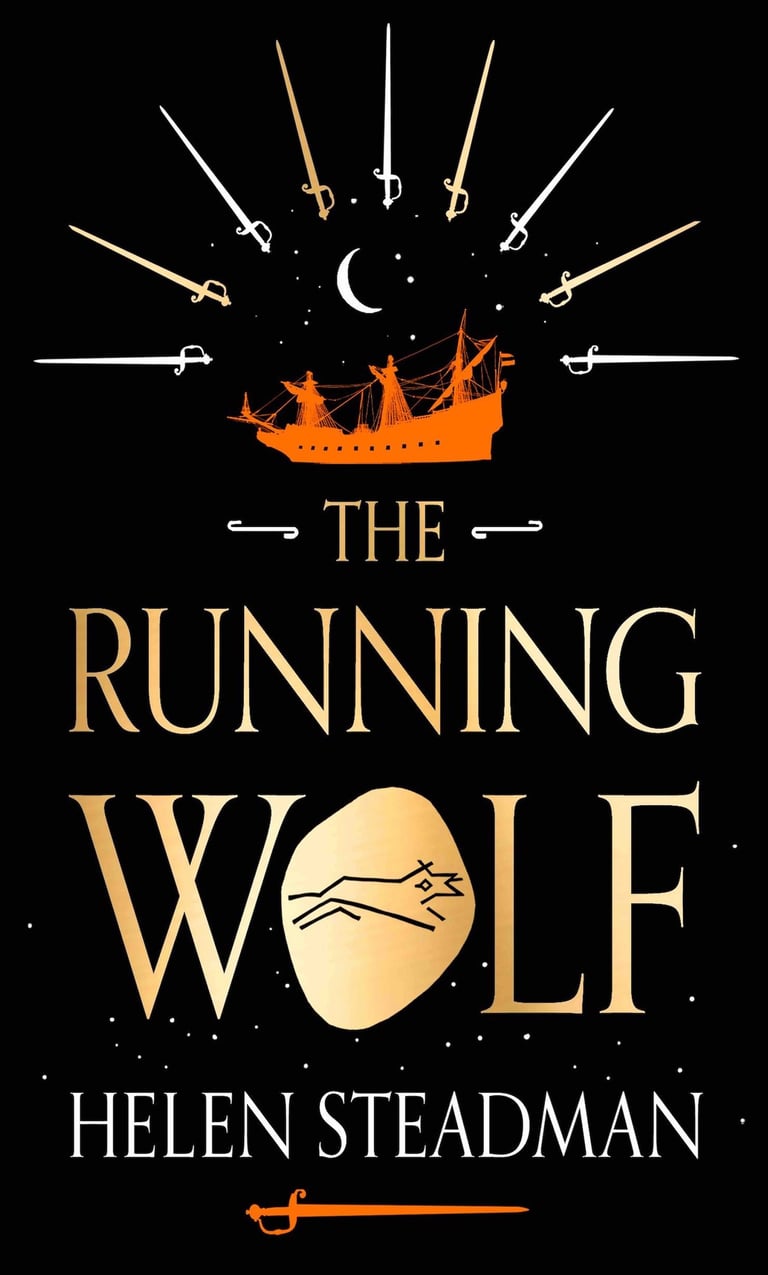The Running Wolf
Historical fiction based on the Shotley Bridge swordmakers
Danger, secrets, and lies lurk in the shadows of 1703 England.
Hermann Mohll, a German swordmaker, defects to England in search of a better life for his family. Trapped into smuggling Jacobite blades to aid the rebels, he betrays Queen Anne and is imprisoned on charges of high treason.
Faced with the ultimate punishment of death by hanging, drawing and quartering, can he keep his secrets and save himself from a death sentence?
The Running Wolf by Helen Steadman is a captivating historical novel based on the real-life adventures of the Shotley Bridge swordmakers.
© Helen Steadman, 2020
Review by the Historical Novel Society
Master sword-maker Hermann Mohll is forced to flee Solingen in Germany in the 1680s as work dries up. He follows what keeps his profession alive – war – and lands in England with other migrants to set up a sword-making community in Shotley Bridge, County Durham. But he has broken vows to the sword-making guild which protected him and discovers that becoming an independent sword-maker is not an easy way to keep him and his family out of poverty.
Hermann is based on one of Shotley Bridge’s real sword-makers, and we follow his travails over almost 20 years. The wolf of the title refers to the maker’s mark on Hermann’s swords, a wolf running towards battle, and is also a reference to Hermann and his family running towards what they hope is a brighter future.
However, in the run-up to the 1715 Jacobite rising, Hermann is caught smuggling swords and ends up in Morpeth gaol for treason, facing hanging, drawing and quartering.
The book is told through the alternate voices of Hermann and Robert, his gaoler. Robert is puzzled when Queen Anne’s right-hand man, the Earl of Nottingham, takes an interest in Hermann’s case. Robert thinks he knows everything about his prisoner. But does he?
Helen Steadman obviously carried out a lot of meticulous research for her book, including learning the difficult art of making a sword herself and meeting a descendant of our hero. Her writing is at its best when descriptive, such as Hermann’s smuggling, a particularly effective skating scene on the river, and the sword-making process. An unusual novel that brings a little-known area of history and its craftsmen to life.
Kate Pettigrew


